Across our planet, legendary structures and natural wonders face a precarious existence. Forces both seen and unseen—relentless weather, industrial pollution, mass tourism and simply time itself—gradually chip away at these irreplaceable treasures. Conservation efforts continue, yet many iconic sites deteriorate faster than they can be saved, with some facing possible extinction within decades.
Here’s a list of 15 remarkable landmarks gradually surrendering to time and circumstance. Consider visiting these wonders while they still maintain their fading glory.
Venice, Italy
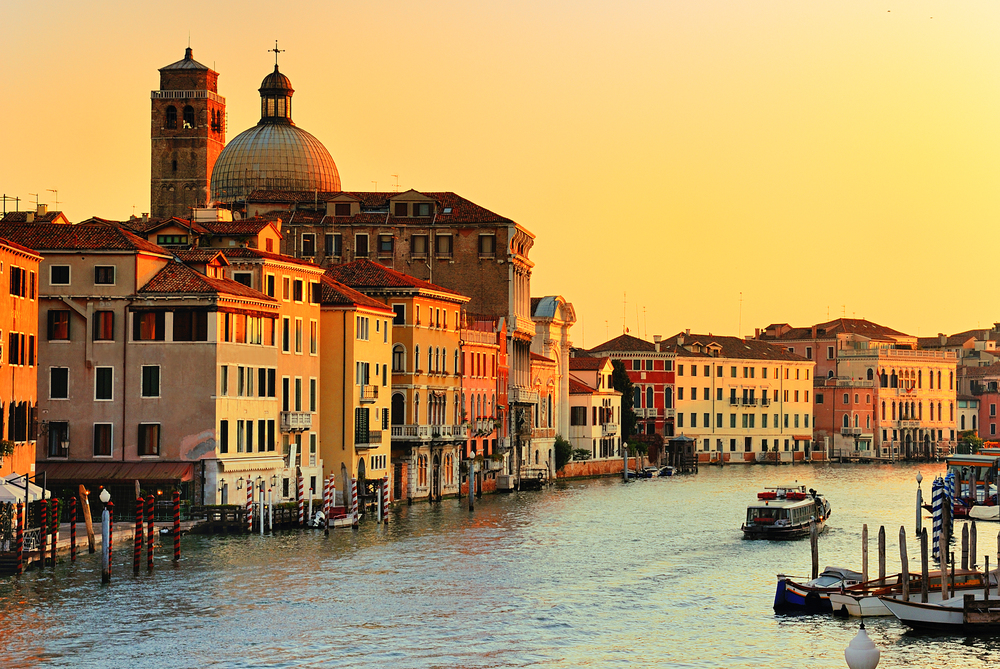
Graceful palazzos rise directly from murky canals that continue claiming the city at a rate of 1-2 millimeters yearly. During acqua alta—the increasingly frequent high tides—water surges across St. Mark’s Square, transforming historic piazzas into temporary lakes where tourists and locals alike wade through knee-deep saltwater between centuries-old buildings.
The MOSE flood barriers occasionally hold back the Adriatic Sea, though their concrete bulk contrasts starkly with the delicate Byzantine and Gothic architecture they desperately try to protect—a visual reminder of the city’s vulnerability.
Petra, Jordan

Sandstone facades glow deep rose and amber in the late afternoon sun, their intricate carvings increasingly blurred by wind erosion that strips away fine details with each passing season. Tourists following the narrow Siq canyon emerge suddenly before the Treasury, many unaware that their footsteps contribute to the gradual collapse of stone stairs and pathways first cut by Nabataean craftsmen over two millennia ago.
Flash floods periodically surge through lower chambers, lifting ancient sediment and undermining foundations already weakened by salt crystallization that slowly explodes rock from within.
Like Travel Pug’s content? Follow us on MSN.
The Great Wall of China

Remote sections of this ancient barrier crumble quietly into surrounding valleys, with whole watchtowers occasionally collapsing during heavy summer rains. Rural farmers casually incorporate fallen stones into nearby field borders and home foundations—pragmatic recycling that has continued for centuries.
Only about 8% remains in recognizable condition, a fraction protected by regular maintenance, while the remainder dissolves gradually into the very landscape it once defined. Graffiti carved by visitors adds contemporary damage to structures that withstood centuries of warfare but struggle against modern tourism.
Machu Picchu, Peru

Morning mist clings to stone terraces where deep cracks hint at the instability of this entire mountaintop complex. The precisely fitted granite blocks shift imperceptibly each year as the supporting mountainside itself gradually slides downward, accelerated by increasingly erratic rainfall that saturates and destabilizes ancient foundations.
Daily waves of visitors traverse narrow stone pathways worn smooth and slippery from countless footsteps—trails the Inca builders never designed for such constant traffic. From certain vantage points, the sacred city appears eternal, yet engineers monitor widening fissures that suggest otherwise.
Angkor Wat, Cambodia

Massive strangler figs embrace crumbling temples in what appears to be a slow-motion battle between stone and living wood. Their powerful roots probe between precisely carved sandstone blocks, gradually prying apart galleries and corridors first assembled nearly a millennium ago.
During monsoon seasons, rainwater seeps into microscopic cracks, carrying fungal spores that bloom into colonies that digest stone surfaces from within. The jungle reclaimed these structures once before—after the Khmer civilization collapsed—and patiently works toward doing so again, despite the best efforts of international restoration teams cutting back vegetation and reinforcing weakened walls.
Like Travel Pug’s content? Follow us on MSN.
The Taj Mahal, India
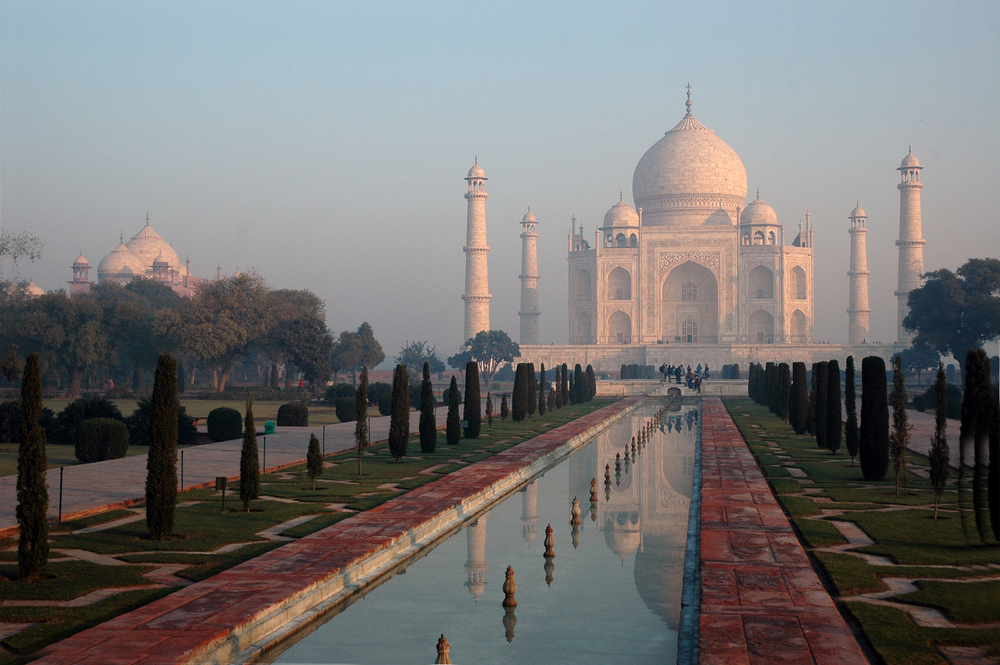
Once luminous white marble now displays patches of sickly yellow and grayish-black, especially along the riverside facade most exposed to industrial emissions from nearby factories. Early morning visitors sometimes notice stonemasons replacing deteriorated inlay work with fresh pieces carved using traditional tools—an ongoing effort that can’t keep pace with damage from acid rain that dissolves microscopic layers with each downpour.
The Yamuna River—once central to the monument’s reflecting pool design—now runs low and polluted, threatening the wooden pilings that have supported the massive structure for over three centuries.
Easter Island Moai, Chile

Coastal sentinels stand with their backs to the Pacific, their distinctive faces eroding asymmetrically as saltwater spray and fierce oceanic winds scour softer sections of volcanic tuff. Several statues now require concrete collars hidden beneath soil level—modern reinforcements for these ancient figures increasingly vulnerable to toppling during storms.
The island’s characteristic treeless landscape offers no natural windbreak, leaving the monoliths fully exposed to weather that grows more extreme each decade. From certain angles, fine details of ear carvings and torso tattoos have already disappeared completely, leaving smoother, less-defined surfaces year after year.
The Acropolis, Greece

Ancient marble surfaces appear pockmarked and eroded, with some column fluting worn completely smooth where centuries of visitors couldn’t resist touching the gleaming stone. Athenian smog has chemically transformed exterior surfaces, creating brittle gypsum crusts that occasionally detach in thumbnail-sized flakes during heavy rains.
Iron reinforcement rods installed during earlier restoration attempts now rust and expand within the marble, creating internal pressure that produces new cracks radiating outward from these well-intentioned but problematic repairs. The Parthenon’s subtle architectural curves—originally designed to counter optical illusion—now serve the practical purpose of directing rainwater away from the most vulnerable sections.
Like Travel Pug’s content? Follow us on MSN.
Nazca Lines, Peru

Tire tracks cut across several ancient figures where vehicles strayed from designated viewing routes, breaking through the desert’s protective surface patina that took centuries to form. The delicate geoglyphs—some extending hundreds of feet—were created by removing dark surface stones to reveal lighter soil beneath, a contrast now diminishing as occasional rainfall redistributes soil particles and disrupts the original stark boundaries.
From observation platforms, visitors can still distinguish most figures, though certain lines have grown faint or disappeared entirely where modern roads and development encroached. The hummingbird, monkey, and spider designs maintain good visibility, while smaller figures gradually fade back into the desert plateau.
Everglades National Park, Florida
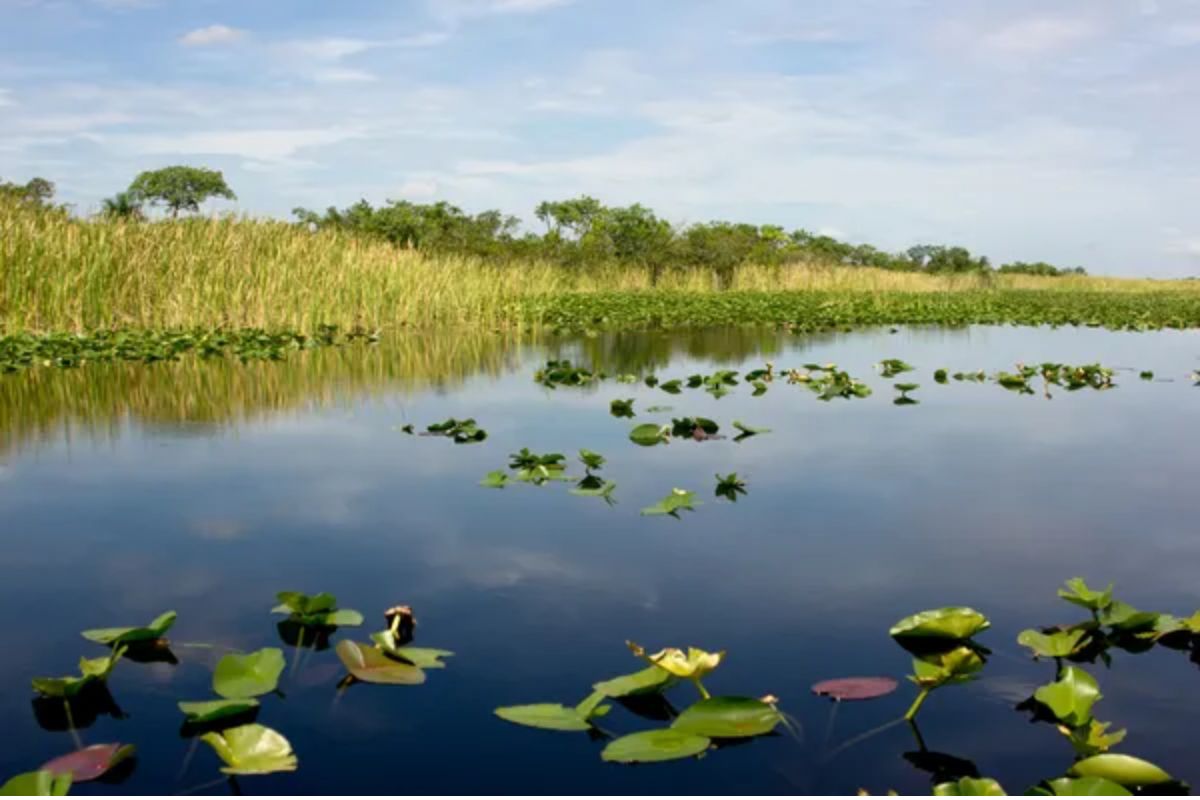
Airboat channels cut through sawgrass prairies that appear healthy to casual observers but struggle against fundamentally altered water chemistry and flow patterns. Wading birds gather in unnaturally dense colonies around artificial water controls—beautiful for photographers but signaling disrupted natural hydrology.
The “river of grass” receives water releases dictated by agricultural schedules rather than seasonal rainfall, creating irregular cycles that native species haven’t evolved to accommodate. Saltwater pushes steadily inland through limestone bedrock, altering freshwater habitats into brackish zones where established plant communities gradually die off, transforming the ecosystem that makes this landscape unique.
The Dead Sea
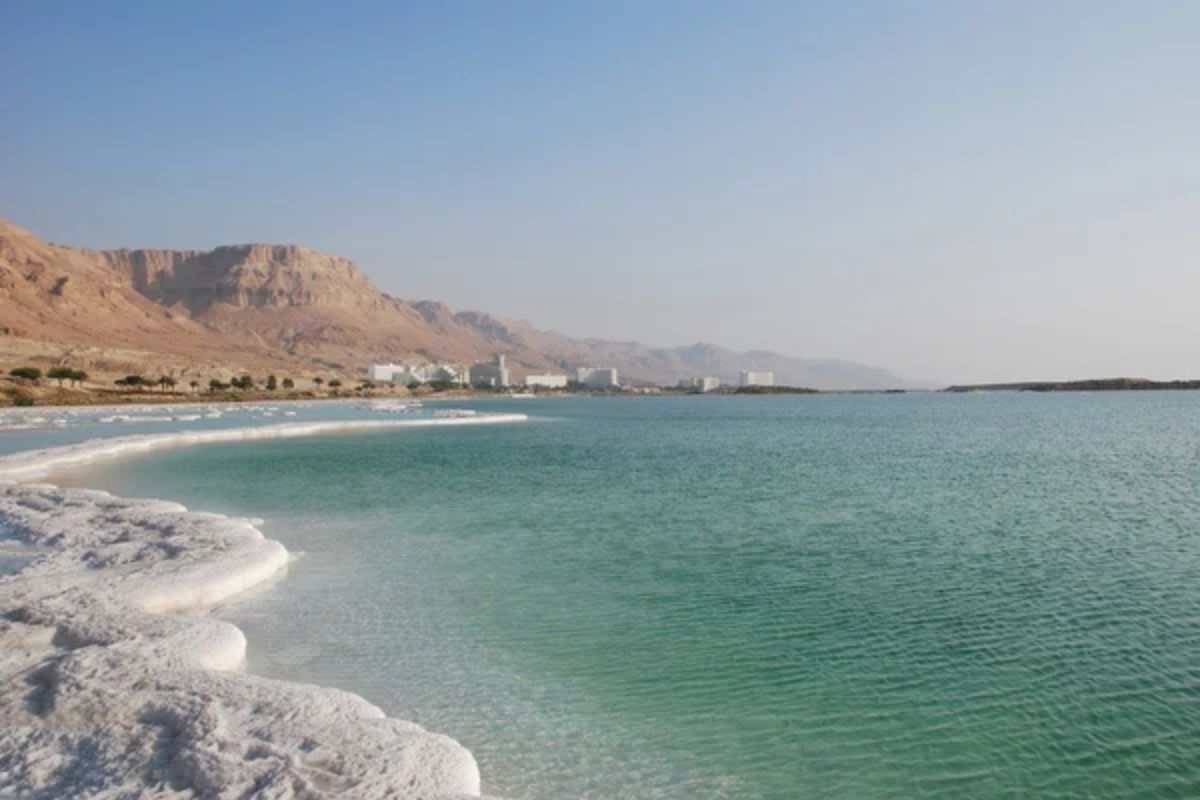
Receding shorelines expose otherworldly landscapes of crystalline salt formations stretching hundreds of yards from where waterfront hotels built their beaches just decades ago. Visitors float effortlessly in turquoise waters of extraordinary density, often unaware they’re swimming in a rapidly shrinking body that drops three vertical feet annually.
Thousands of sinkholes open unpredictably along former shorelines as groundwater dissolves subterranean salt layers, occasionally swallowing sections of road and abandoned structures. The contrast between northern and southern sections has grown stark—the industrialized southern basin resembles mining operations more than natural wonders, with massive evaporation ponds and mineral extraction facilities accelerating water loss.
Like Travel Pug’s content? Follow us on MSN.
Glacier National Park, Montana
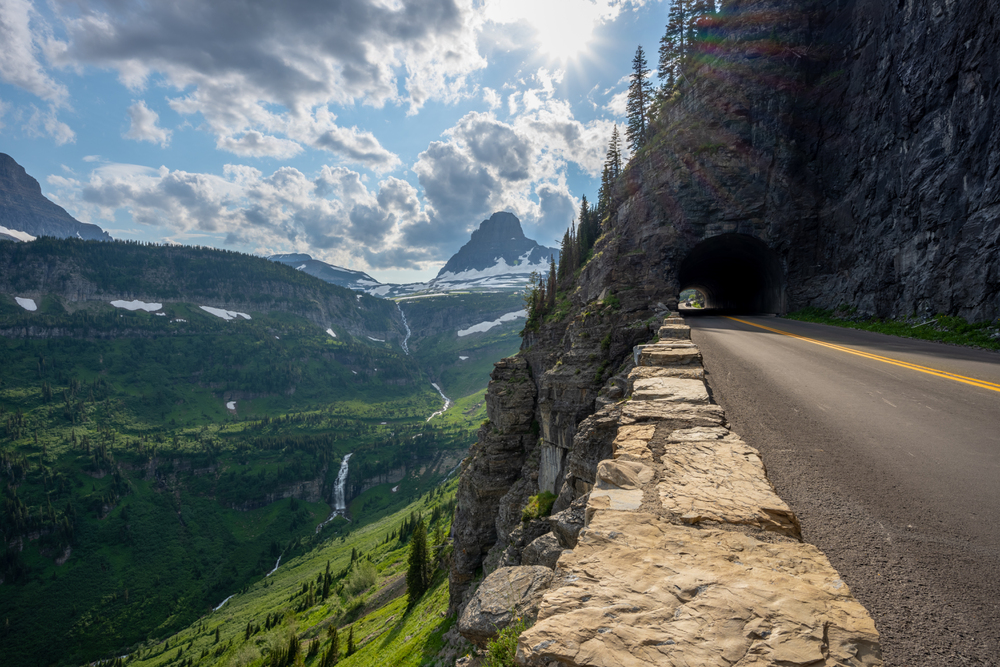
Hillsides display distinctive U-shaped valleys carved by ice masses now reduced to scattered white patches high among mountain cirques, visibly smaller each summer. Signs marking glacier viewpoints increasingly require visitors to hike further upslope or use telephoto lenses to glimpse ice that once extended to valley floors.
Alpine meadows creep steadily upward into terrain previously buried under year-round snowpack, while meltwater-dependent streams run increasingly warm and low during late summer months. Park exhibits displaying comparative photographs from the 1850s—when over 150 glaciers filled these valleys—make the transformation unmistakable beside current landscapes where fewer than 30 diminished ice fields remain.
The Great Barrier Reef, Australia
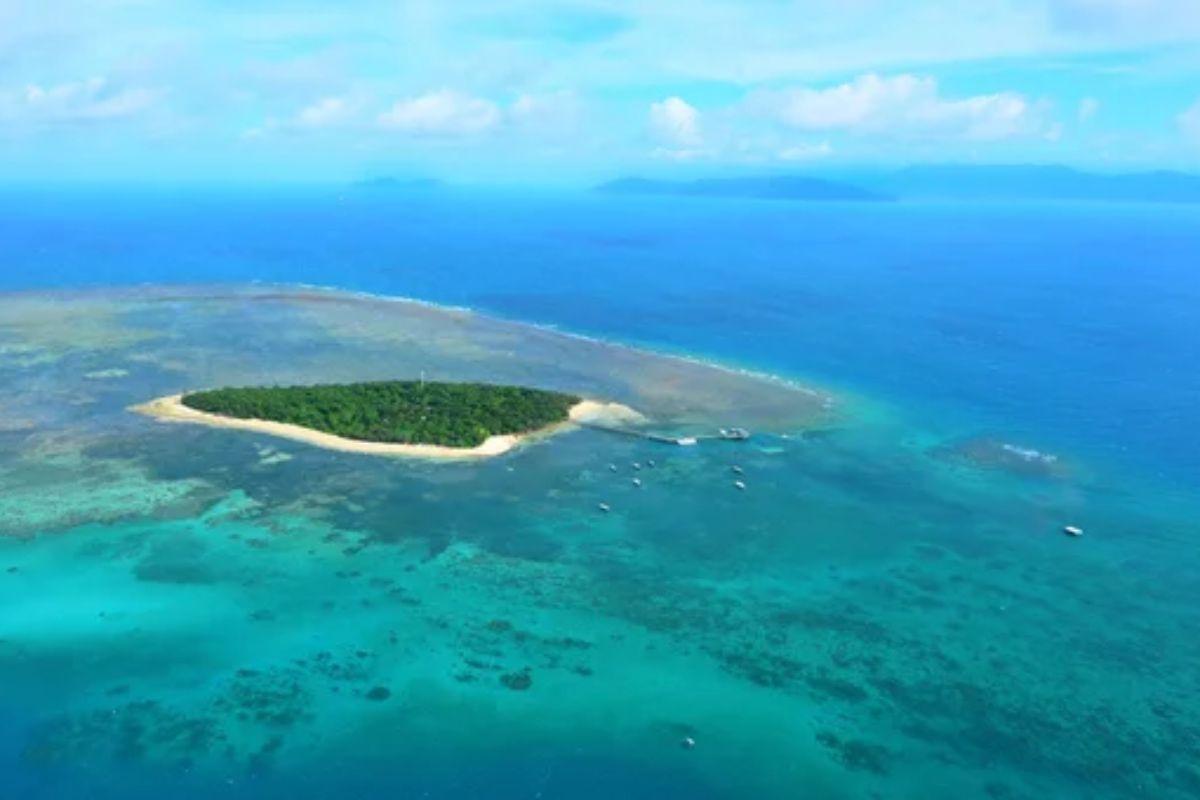
Snorkelers find expanses of bleached coral that appear ghostly white or covered with slimy algae growth—unmistakable evidence of ecosystem distress visible to even untrained observers. Healthy sections still exist, creating jarring contrasts where vibrant coral communities flourish adjacent to expanses resembling underwater graveyards.
Marine tourism operators continuously adjust their routes to showcase remaining pristine areas while avoiding damaged sections, though finding untouched reefs grows more challenging after consecutive bleaching events. The complex interplay of colors that made this marine ecosystem famous—the purples, yellows, and electric blues—fade to monochrome expanses across increasing portions of the world’s largest living structure.
Bagan Temples, Myanmar

Brick stupas display networks of cracks where earthquake energy travels through their bell-shaped forms, leaving structural damage disguised by seemingly intact exteriors. Recent restoration work shows clearly alongside ancient construction—modern mortar appearing conspicuously uniform between weathered medieval bricks.
Early morning balloonists drift over the archaeological zone, photographing thousands of religious structures scattered across the dusty plain, many displaying crooked spires or partially collapsed chambers resulting from centuries of seismic activity. The temples most popular with visitors receive continuous maintenance, while remote structures gradually return to rubble forms that reveal medieval construction techniques as their outer facades crumble away.
Like Travel Pug’s content? Follow us on MSN.
Timbuktu Manuscripts, Mali

Ancient texts display water damage along edges and insect tracks through formerly pristine calligraphy—evidence of improper storage during emergency evacuations necessitated by regional conflict. The manuscripts’ leather bindings crack audibly when opened after centuries and maintained in specific humidity conditions, which are now impossible to recreate in temporary facilities.
Digital preservation teams work systematically through thousands of documents, racing against physical deterioration to capture information from texts too fragile for regular handling. Some collections remain hidden in family homes across the region, their custodians balancing traditional preservation practices against modern conservation standards with limited resources and technical support.
Irreplaceable Wonders

These landmarks represent irreplaceable windows into human creativity and natural processes spanning centuries or millennia—each telling unique stories through their particular forms of decay. Conservation science develops increasingly sophisticated techniques, yet resources remain overwhelmed by the scale and complexity of preservation challenges.
While digital documentation preserves information, it cannot replicate the profound experience of standing physically before these wonders—feeling ancient stone underfoot, tasting salt spray from receding seas, or touching forest growth reclaiming abandoned temples. Each visitor witnessing these places becomes part of their continuing story—perhaps among the final generations to experience these landmarks as they’ve existed across human memory.
More from Travel Pug

- 20 Destinations That Were Once Thriving but Are Now Quietly Disappearing
- 15 Hidden Spots in Disney World’s Magic Kingdom Most Visitors Miss
- 20 Once-Popular Beach Towns That Are Now Ghostly Empty
- 20 Beautiful US Lakefront Towns Where You Can Live for Under $2000 a Month
- 20 Caribbean Islands That Are Safer Than People Think
Like Travel Pug’s content? Follow us on MSN.
